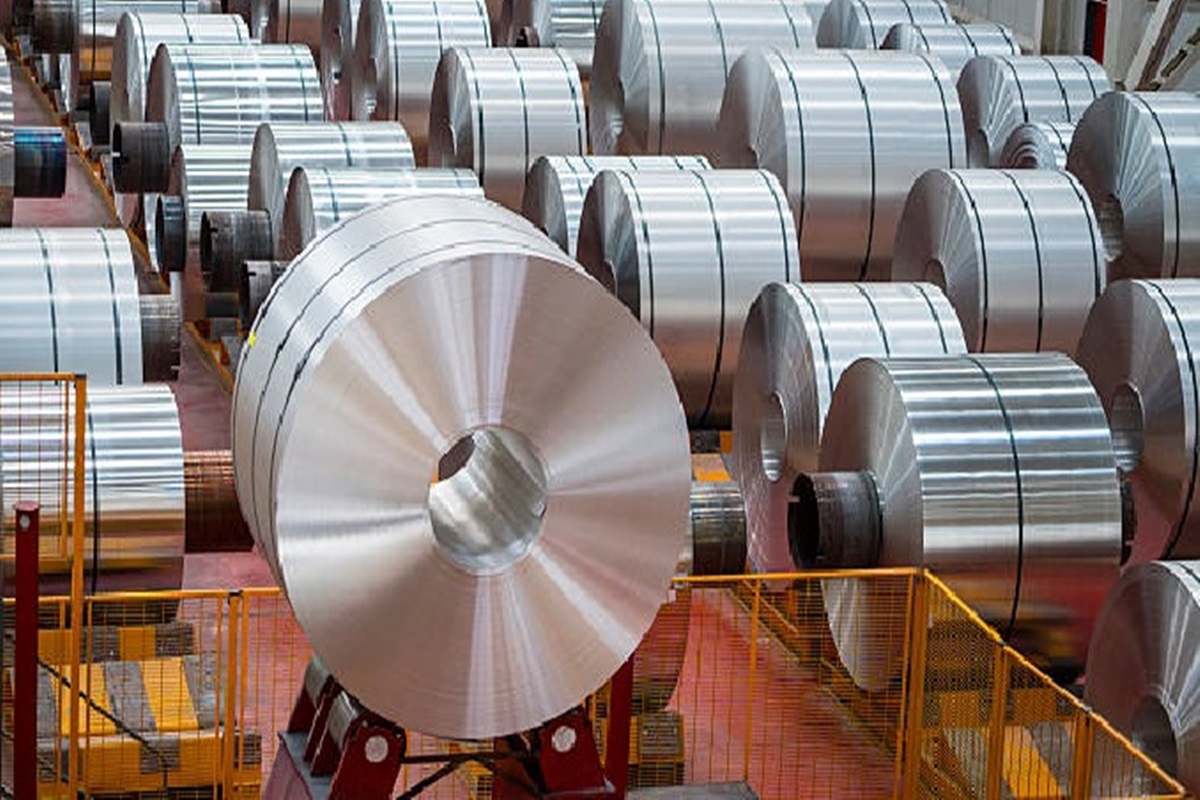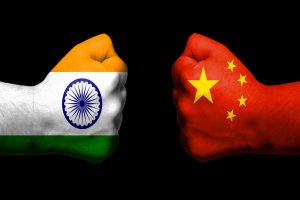In recent months, Russia has significantly increased its imports of aluminium, the crucial raw material for aluminum production, from India. This strategic move by Russia serves multiple purposes, including diversifying its supply sources, reducing dependence on China, and lowering production costs. This development has gained attention amid the backdrop of sanctions imposed on Russia.
According to data from the Indian Commerce Ministry, India’s exports of alumina to Russia surged from nil in the corresponding period of the previous financial year to a substantial 2.58 lakh tonnes in April-February of the financial year 2022-23 (FY23).
This surge in imports by Russia comes as the country faces challenges in its aluminum production due to geopolitical events. After Russia’s invasion of Ukraine, which is the world’s second-largest producer of aluminum, Russia lost access to two critical sources of alumina. A Ukrainian refinery suspended its alumina production, and Australia banned alumina supplies to Russia.
Alumina plays a vital role in the production of aluminum metal, as well as being used in various applications such as abrasives and refractory materials due to its hardness and high melting point.
More about aluminium trade in Russia:
With Australia and Ukraine no longer supplying aluminium to Russia, the country sought alternative sources. China and India stepped in to fill this gap, with India’s alumina exports to Russia witnessing a remarkable increase. Russia has now become the third-largest consumer of Indian alumina by volume and value, surpassing China in this regard.
Notably, alumina has become India’s most valuable export to Russia in terms of volume. This shift in supply dynamics is crucial for Russia’s Rusal, the world’s largest aluminum producer outside China. Rusal needs to secure alumina supplies to sustain domestic aluminum production, especially when faced with a challenging aluminum price environment.
In summary, Russia’s increased alumina imports from India reflect a strategic move to secure essential raw materials and diversify its supply sources, particularly in the face of geopolitical disruptions affecting its traditional suppliers. This development underscores the intricate interplay of global supply chains and geopolitics in the aluminum industry.












